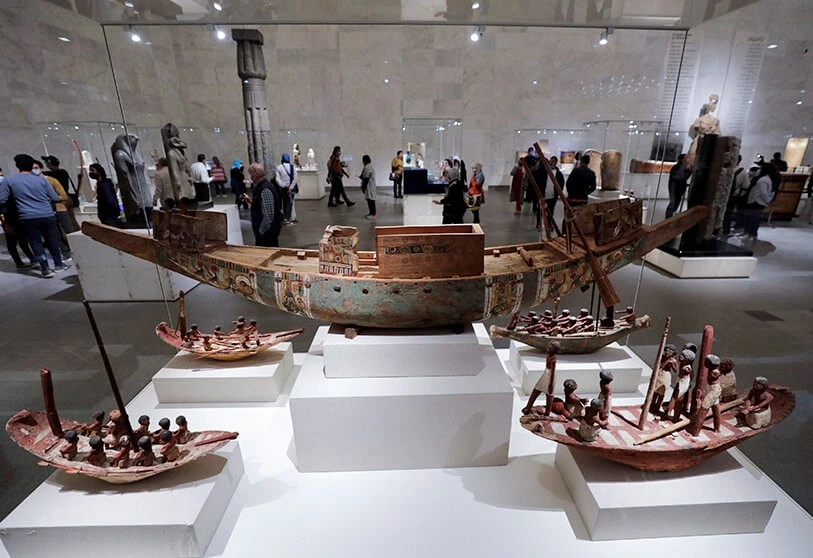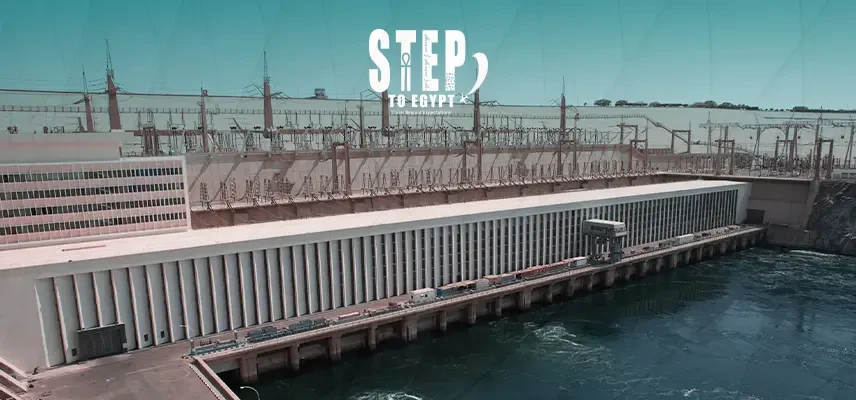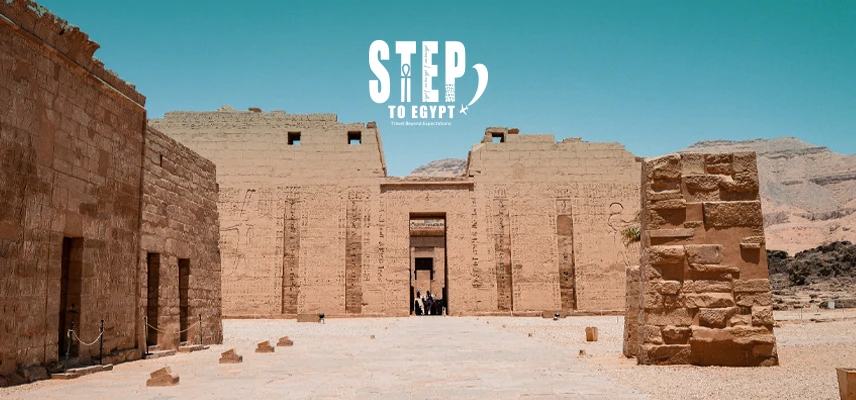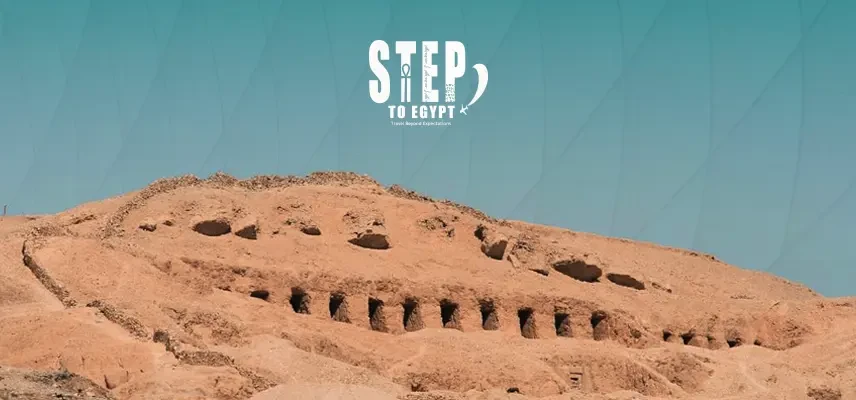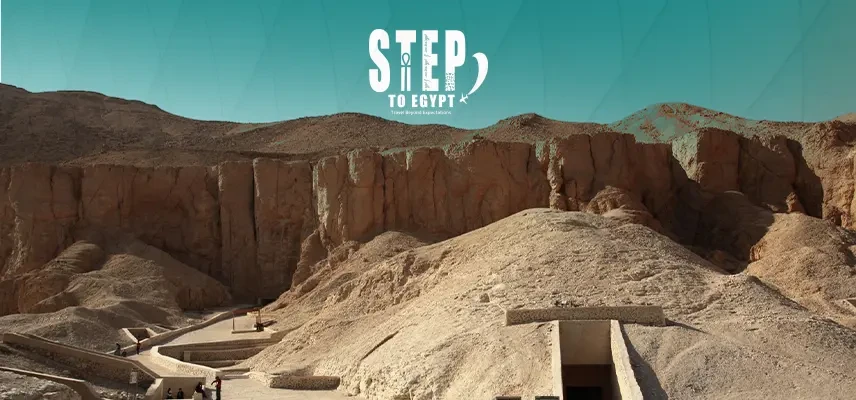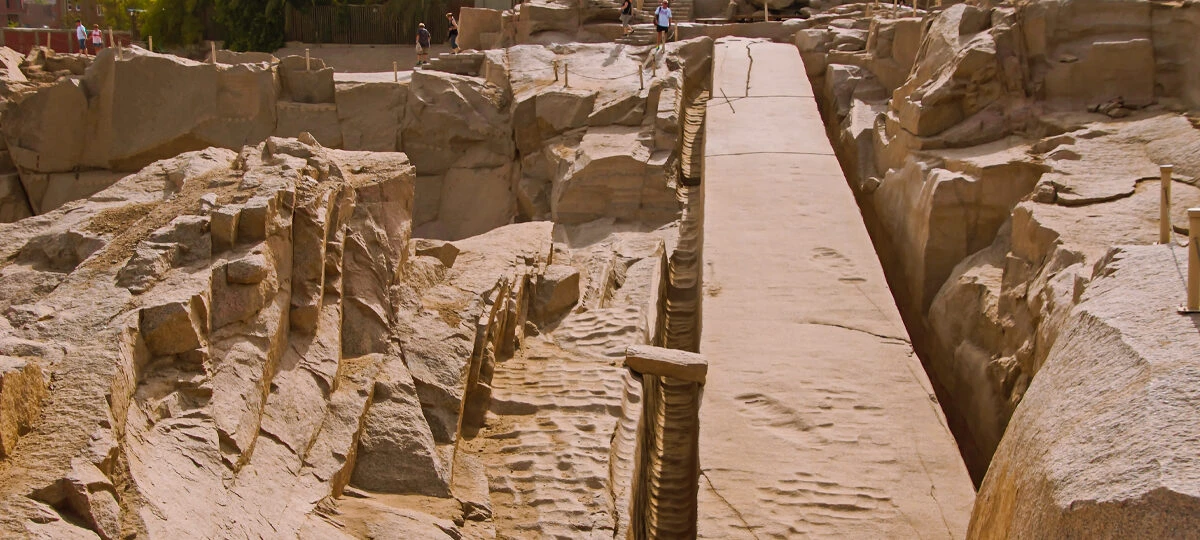
Queen Hatshepsut gave the order for the Unfinished Obelisk Aswan during the Eighteenth Dynasty and if it had ever been finished it would have reached an impressive forty two meters high and weighed somewhere around one thousand two hundred tons which is well over one thousand ninety tons and that would have made it the largest obelisk ever shaped by human hands in Egypt’s long history but when deep cracks showed up in the granite the entire project stopped and the huge stone was left where it still lies today resting in the same quarry frozen in its last moment of work and forever unfinished
Even though this huge block was never lifted to stand tall it still proves just how clever and skilled the ancient Egyptian builders were because when you look at it you see exactly how they worked stone with simple tools like dolerite balls and clever methods to cut massive pieces straight from solid rock and the Unfinished Obelisk holds a deeper meaning too since it shows how the earth and the divine were always connected for these people with the sun god Ra at the center of their faith and daily life

Where Is the Unfinished Obelisk Located?
When you go looking for the Unfinished Obelisk, you will find it lying right beside the Nile in Shikha Oula Qism Aswan, in the Aswan Governorate, inside the same granite quarry that once sent giant stone blocks up the river by boat to build temples like Luxor and Karnak that still stand strong today
When you walk through this quarry you can see for yourself the old chisel marks and the scars left by the workers who spent days and nights shaping this massive stone and for visitors now the Unfinished Obelisk in Aswan has become a must see highlight that many add to a day tour in Aswan or a peaceful sail down the Nile because here you can stand at the very spot where the stones that built Egypt’s mighty temples were born straight from the bedrock under the wide Egyptian sky

What Was the Purpose and Symbolism of Egyptian Obelisks?
Obelisks were always part of how the ancient Egyptians marked the entrances of their temples calling them sacred markers that connected their world to the sky above. Made from solid red granite the Unfinished Obelisk was meant to echo the idea of the primeval hill which in Egyptian creation stories was the first mound to rise from the waters when the world began. The Egyptians called these towering stones Tekhenu which means to pierce the sky because they believed the obelisks drew down divine power from the heavens.
Their slim tall shape with a pointed tip was not just for beauty but to catch the very first rays of the morning sun so its light would flow down the stone as a blessing from the sun god Ra who stood at the center of their faith. Every obelisk was linked in spirit to the BenBen stone the sacred mound where they believed the creator god Atum first set foot to shape the world. By raising these stone pillars pharaohs could honor Ra and show the people their close bond with the gods while leaving behind a monument of their reign and victories carved in granite for centuries to come.
Today visitors from all over the world come on Egypt family tours to stand beside these ancient obelisks learn their hidden meanings and see for themselves how these silent giants still reach for the sky and remind us of the myths that built a whole civilization. Some experts even think the obelisk’s design might come from watching the sky the path of the sun the stars or the signs of the zodiac all coming together in the shape that forever points upward to catch light that bridges earth and the divine.

What Construction Techniques Are Revealed by the Unfinished Obelisk and Its Quarry?
When you visit, you'll see how they shaped this massive stone using simple tools and steady hands. They used round balls of dolerite a mineral even tougher than granite to hammer at the rock slowly and steadily leaving tiny marks that still cover the sides of the unfinished obelisk at Aswan to this day.
It was painstaking work that demanded both skill and endless patience since each hit had to follow the shape they wanted to carve. Once the workers had shaped most of the obelisk they came up with a clever way to break it free from the earth. They would cut narrow lines underneath pack them with dry wooden wedges and pour on water. As the wood soaked up the water it expanded with enough force to crack the stone exactly along those lines letting the builders lift the huge block away from its bedrock. That trick alone proves just how smart and resourceful these ancient builders were and even now the base remains stuck to the quarry floor like a lesson left behind for anyone who comes to see it.
All around the quarry you can still find smaller carved stones and unfinished blocks showing that this place was once the beating heart of Egypt’s stone supply. From here came the granite that became temples colossi and tall obelisks that still stand in Luxor Karnak or crossed seas to ancient Rome. Today when travelers visit on Egypt luxury packages they walk through this site to feel the history carved in every mark.

Why Was the Unfinished Obelisk Abandoned?
The unfinished obelisk at Aswan was abandoned when major structural cracks were discovered in the granite during the carving stage. These cracks would have weakened the obelisk’s stability, making it unsafe to raise upright or transport. Ancient Egyptian builders intended the obelisk to stand vertically and endure environmental stress over time, but once the granite showed deep fractures, the risk of breakage increased significantly. Because of these flaws, continuing the work would have meant wasted effort and potential danger during moving and erection.
Leaving the obelisk in place preserved clear evidence of the challenges faced by ancient stone workers. Visitors can still see where the cracks halted construction and how techniques were applied to shape the stone directly from the bedrock.

What Is the Legacy and Modern Significance of the Unfinished Obelisk?
This site is officially protected and maintained as an open-air museum, where visitors and researchers can study the quarry up close. Tool marks, incomplete cuts, and visible shaping work show exactly how granite blocks were carved straight from bedrock using simple tools and manual techniques.
By preserving this site, Egypt helps people today understand the scale of ancient stone working and the dedication that went into building temples, obelisks, and monuments. The unfinished obelisk shows how ancient builders aimed for large projects that would reflect their connection to the gods and their advanced skills. It also demonstrates that the techniques used thousands of years ago were precise enough to plan structures that would challenge even modern tools and crews. Many Egypt classic packages include this site to help visitors see first-hand what ancient engineers achieved with limited technology but great knowledge and patience.

What Other Notable Obelisks Exist in Egypt?
Egypt holds more obelisks that still reach for the sky Karnak Temple has some of the oldest obelisks raised by Tuthmosis and Hatshepsut Luxor Temple guards its obelisks Heliopolis in Cairo holds one of the ancient monuments and Giza Island and Cairo International Airport show that obelisks have remained part of Egyptian pride for centuries Many were sent abroad to Rome Paris and London yet the unfinished obelisk stays in Aswan huge silent never shipped forever part of its mother quarry and waiting for every traveler who wants to see it up close on an unfinished obelisk tour.

What Are Some Interesting Facts About the Unfinished Obelisk?
- Size and Height: If the Unfinished Obelisk had ever been fully completed it would have reached about 42 meters high which is around 137 feet making it the tallest obelisk ever planned by ancient Egyptians.
- Weight: This massive monument was meant to weigh roughly 1,200 tons or about 2.6 million pounds making it the heaviest obelisk ever attempted in ancient Egypt and anywhere in the ancient world.
- Commissioned by Queen Hatshepsut: Historians believe Queen Hatshepsut gave the order to carve the Unfinished Obelisk during the powerful Eighteenth Dynasty planning to raise it at Karnak Temple in Luxor as a huge tribute to the gods and her own reign.
- Abandonment: Deep cracks in the granite showed up while the stone was still being carved forcing workers to abandon the project and leaving the Unfinished Obelisk forever attached to the bedrock where visitors can still see it today and stand beside this silent giant for a small unfinished obelisk entrance fee that helps keep this piece of history open to everyone.
- Stone-Working Clues: If you look closely you can still spot the old tool marks and faded ochre lines on the Unfinished Obelisk giving us a rare look at how ancient builders used dolerite stones harder than granite to chip away and shape this giant monument.
- Symbolic Meaning: Like all obelisks the Unfinished Obelisk carried powerful meaning in ancient Egypt symbolizing the link between the earth and the divine connected to the BenBen stone from creation myths and designed to catch the first light of the rising sun as a tribute to the sun god Ra.

Why Should I Visit the Unfinished Obelisk in Egypt?
When you plan your trip to egypt make sure the unfinished obelisk is on your list you can see this incredible site when you choose or Luxor and Aswan Nile cruises book with Step To Egypt and you will stand beside the biggest obelisk never raised and learn why this cracked stone still stands as one of egypt’s most powerful monuments waiting for you to discover it.
About The Author: STE Team

